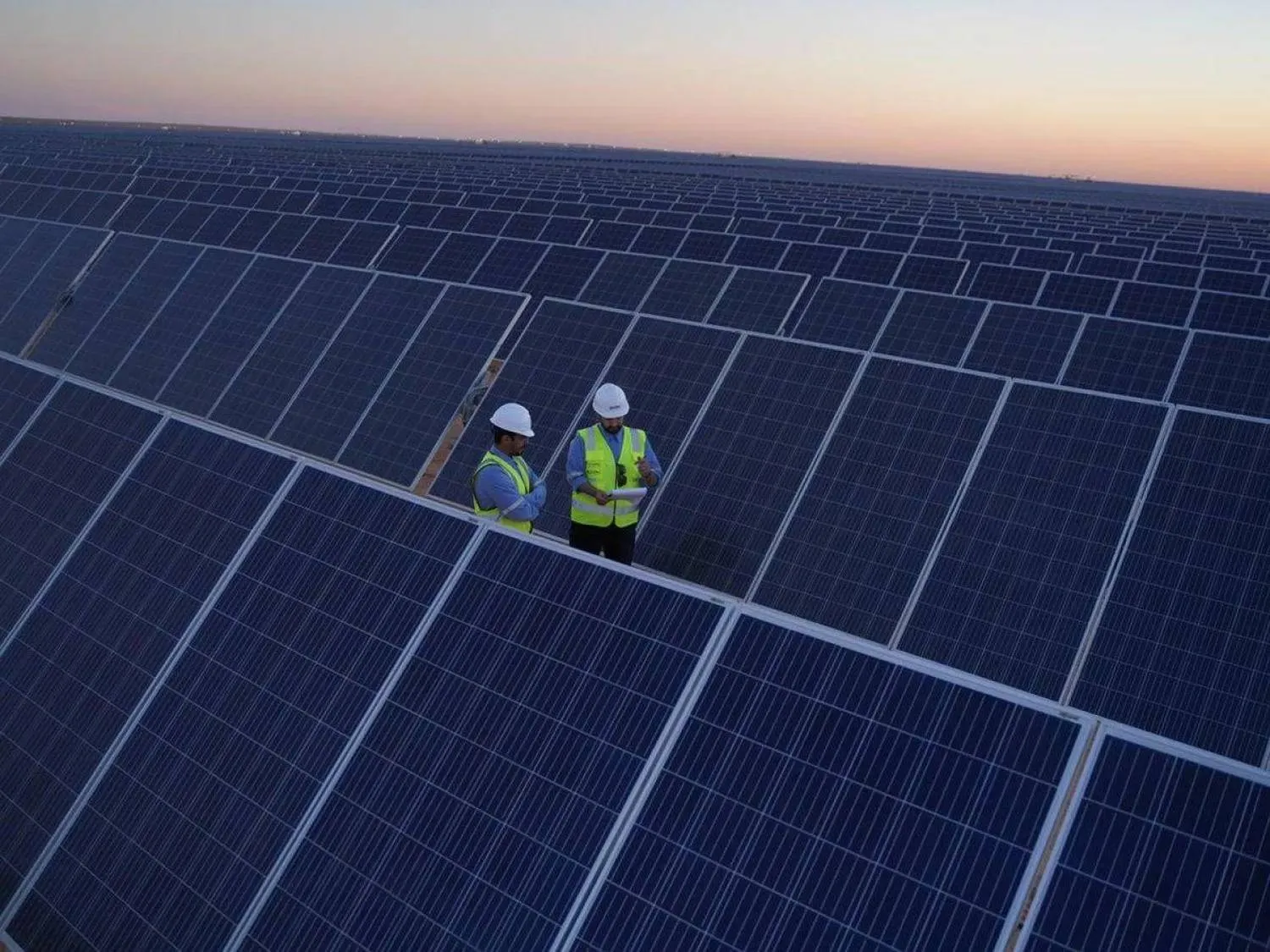Ferid Belhaj, the Vice President for the Middle East and North Africa region at the World Bank Group, stressed that the World Bank has confidence in the Egyptian economy.
On the sidelines of the launch of the Country Partnership Framework between Egypt and the World Bank Belhaj said the new framework supports the state’s development needs and focuses granting opportunities to the private sector, the green economy, and women empowerment in the economy.
Held on Sunday, the launch was attended by Egyptian Prime Minister Mostafa Madbouly and Asharq Al-Awsat.
The new partnership between Egypt and the World Bank for 2023-2027 supports future cooperation programs and projects.
It was approved on March 21 by the Board of Executive Directors of the World Bank Group, in order to support efforts to achieve comprehensive and sustainable growth, based on national priorities in various sectors and the development vision over the next five years.
The partnership with the Bank is consistent with the Egyptian government strategy for sustainable development and Egypt's Vision 2030, and its National Climate Change Strategy (NCCS) 2050.
The partnership aims to support Cairo in building innovative paths and sustainable solutions to address development challenges in various sectors, foremost among which is the eradication of poverty, the promotion of comprehensive prosperity for all segments of society, and the creation of conditions conducive to achieving comprehensive, sustainable and resilient green development.
The new CPF places the citizen at the core by striving to achieve three main objectives, which are more and better private sector jobs, reinforcing investment in human capital, as well as improving resilience to shocks.
International Cooperation Minister Rania Al-Mashat held a meeting with Belhaj on the sidelines of the event.
She stressed the strong ties between Egypt and World Bank and underscored the Egyptian state's keenness on opening new prospects through this new strategy and focusing on cooperation fields of priority to the state.
The minister noted that this new strategy is being launched at a significant time amid the international and regional challenges facing developing countries and emerging economies.
The International Bank for Reconstruction and Development is funding 15 projects valued at $7.33 billion across various sectors in Egypt. They include social protection, health, nutrition, population, education, environment, food security, and urban development.
Egypt and the World Bank have partnered up to implement several projects, including support to entrepreneurs and SMEs and tackling air pollution and climate change in Greater Cairo and local development in Upper Egypt.









